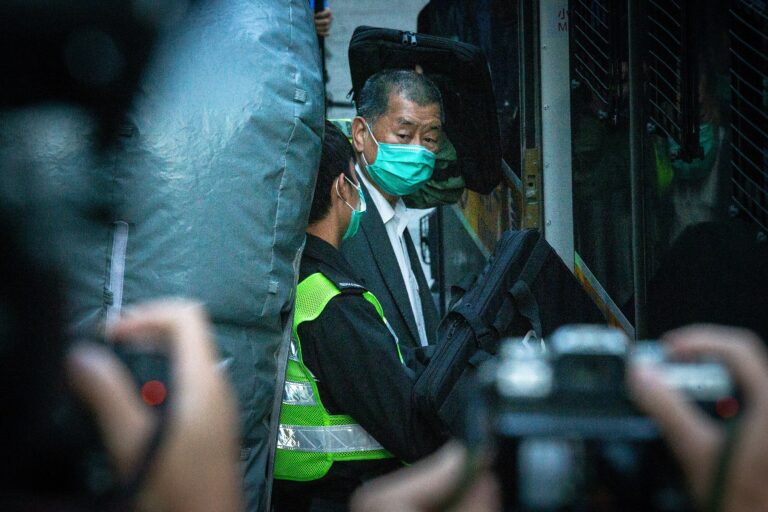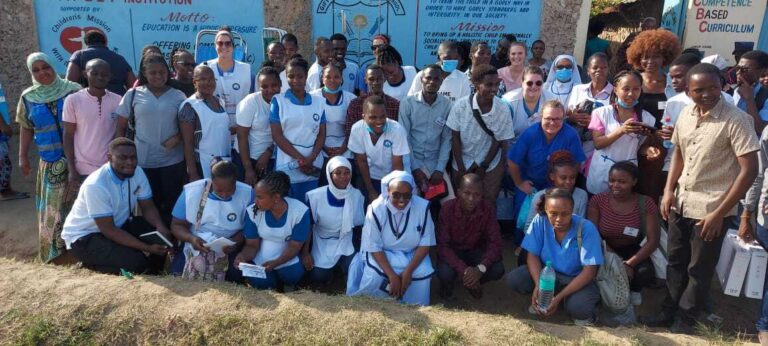The population control program jumpstarted by USAID in
Central Asia following the collapse of the Soviet Union
continues. Women are being sterilized without their
foreknowledge or consent — in one of the least densely
populated countries on earth.
Vol. 12/No. 13
Gulbahor Zavidova’s story is a tragic one: brought in for a caesarian section, she was sterilized during the procedure — and never informed. Frustrated at her inability to conceive again, she visited a doctor, only to be informed that she had been sterilized. Upon learning this, her husband left her.
Zavidova’s story has become unfortunately common in Uzbekistan. According to news sources in the area, Uzbekistan’s “president” (read: Soviet-era dictator) Islam Karimov has revisited an old mass sterilization campaign, bringing thousands of women in to be sterilized like farm animals. The Times Online reports:
Activists say mass sterilisation began in 2003, but was eased after two years following an outcry. It is said to have restarted in February this year, when the health ministry ordered doctors to recommend sterilisation as an “effective contraceptive”. Critics claim every doctor was told to persuade “at least two women” a month to have the procedure. Doctors who failed faced reprisals and fines.
“We estimate that since February, about 5,000 women have been sterilised without consent,” said a local human rights campaigner who fears detention if she is named.
In many cases, doctors opt for delivery by caesarean section and then perform a sterilisation without telling the woman. Widespread rumours of the practice have resulted in women opting for home births to avoid the risk.
Although news of this shocking campaign has reached the West via outlets like the Times Online and LifeSiteNews, reaction from most major human-rights groups has been, well, nonexistent.
At PRI, we think we know why.
Following the collapse of the Soviet Union in 1991, the five former Soviet Central Asian Republics (the “stans:” Kazakhstan, Kyrgyzstan, Tajikistan, Turkmenistan, and Uzbekistan) finally achieved independence. Naturally, the United States was quick to offer a diplomatic relationship with these countries. However, with these diplomatic ties came U.S. foreign aid dollars — and a now-infamous U.S. foreign aid agenda.
In a 1997 report, PRI reported on how USAID quickly made population control their highest priority in all 5 central Asian nations — with a vengeance. USAID’s “assessment team” was sent in to decide what was most needed by the Central Asians, but before they set foot on Asian soil, the assessors had already decided what the answer would be.
“Predictably,” PRI reported, “the assessment team discovered that there was a critical need for birth limitation and large quantities of contraceptive supplies were required throughout the region again, even though it is one of the least densely populated places on the planet. Indeed, since USAID officials had already begun planning a seminar on dealing with the alleged deficiencies, what was the purpose of the ‘assessment’ trip? Typically, the basic decisions had already been made as to how to address the ‘needs’ yet to be discovered.”
As a result of this “investigation,” USAID proceeded to sterilize women. Lots of women. In fact, one USAID report claimed that USAID officials had implanted IUDs (intrauterine devices) in more than one million women in 1991 alone.
However, according to PRI’s documentation, this is not only appalling, it is impossible. “Inasmuch as the total population of Uzbekistan was some 21 million,” PRI reported. “there were less than five million women of reproductive age in the entire population. No matter how ‘aggressively’ [USAID] pursued the task, is it credible that health officials could possibly have inserted IUDs in more than 20 percent of the relevant female population in just one year’s time? Such an IUD ‘success’ story was all the more improbable in view of the outdated and creaky health care systems in the CAR, complicated by severe shortages of basic drugs and medical supplies, including IUDs.”
Whatever the number actually was, USAID turned out to be far less of a primary care provider than a militant contraceptive/sterilization pusher. The numbers of women permanently scarred and broken from their campaign remains unknown, but undoubtedly it remains tragically high. PRI’s report concluded that “unfortunately, in Central Asia, deliverables to USAID will include much more than pounds of useless reports and wasted monies. Permanently sterilized women and victims (including deaths) from Norplant, Depo-Provera, IUDs and birth control pills will also be delivered up by USAID’s population control henchmen.”
To this day, USAID has a presence in Uzbekistan, albeit a more restrained one. Their FY 2011 Congressional budget justification allocates about $12 million for use in that country, including $146,000 on “reproductive health.”
Which brings us to this year’s news about massive sterilizations. It seems clear that, even if USAID is no longer directly involved with sterilizing tens of thousands of women, their legacy lives on. It is highly doubtful that a nation like Uzbekistan, emerging from the murk of Soviet oppression and being only lightly populated, would prioritize population control in this way. And yet, it mysteriously continues to do so.
And worse, there is practically no public outcry in the West. Organizations like USAID count on their own silence, and the brevity of the public consciousness, to make these human rights scandals go quietly into the night. Rarely is there any press fanfare, or any collective public outrage.
The rationale is simple: if overpopulation is an issue, then the suffering of thousands is just collateral damage for the cause of saving the planet. And, as far as many of these groups are concerned, the sterilization of the faceless, nameless poor in faraway lands is an acceptable alternative to visiting the same measures upon women in the West.
Which brings us back to the core of the matter: that “overpopulation” is just another way to say “poor people,” and “reproductive health” is often just another way to say “ethnic cleansing.”






